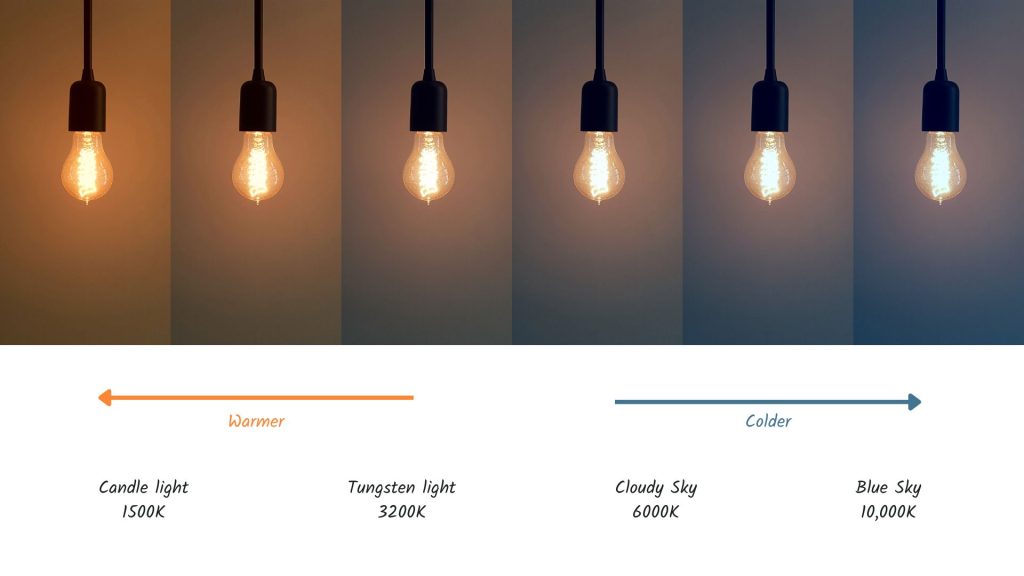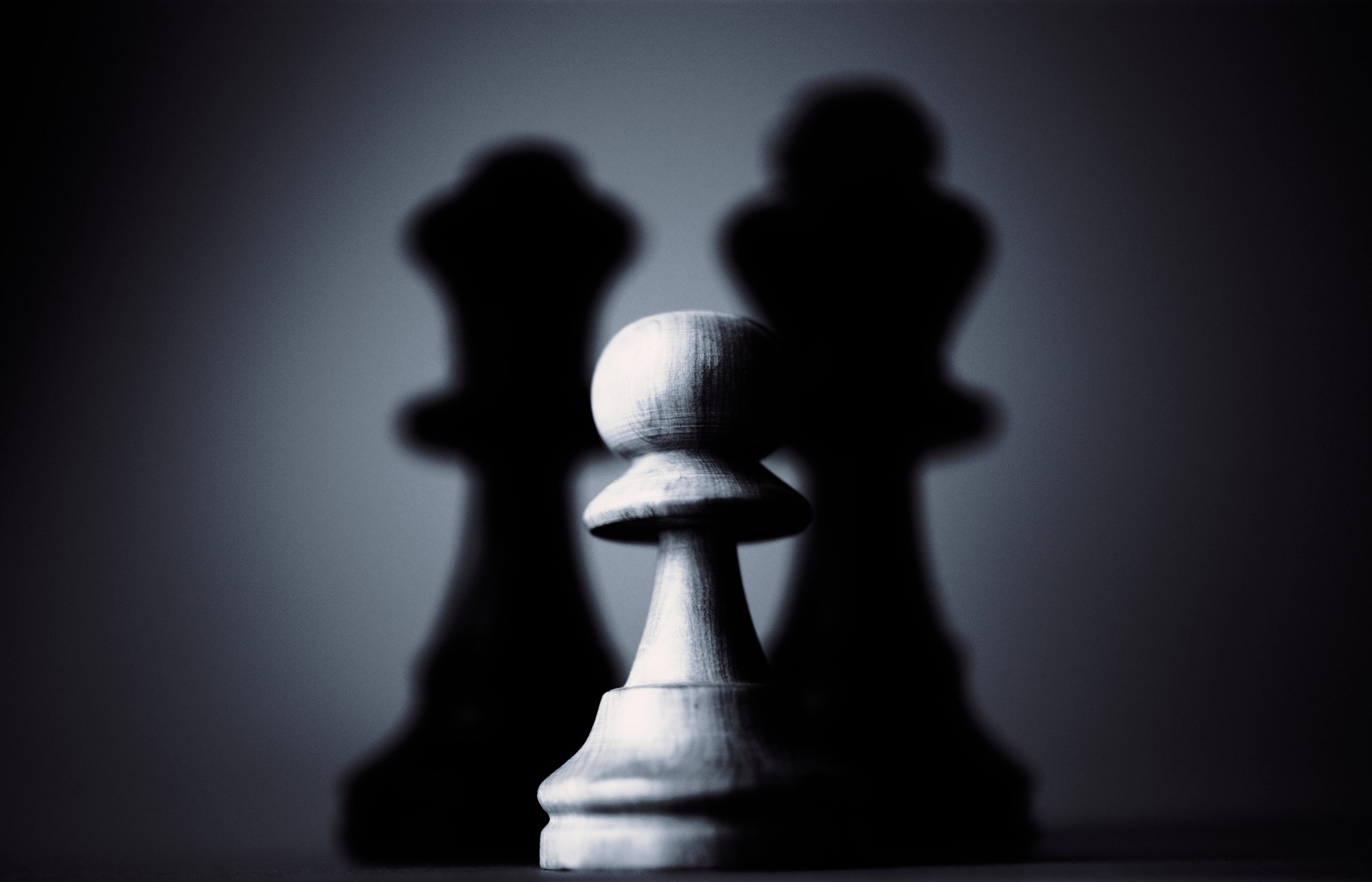Visit Rentovault to find adventure and photography
gear rentals from your neighbours.
Lighting is a critical component in fields such as photography, videography, and even live streaming. It can dramatically affect the mood, tone, and overall quality of your work. Among the various types of lighting equipment, continuous lights are a popular choice due to their versatility and ease of use. However, choosing the right continuous lighting kit can be a daunting task, especially for beginners. This article aims to demystify the key specifications you should consider when selecting a continuous light for your needs.
Light Output (Lumens)
The first specification to consider is light output, measured in lumens. Lumens refer to the total quantity of visible light emitted by a source. In simple terms, the higher the lumens, the brighter the light. For example, a small desk lamp may have a light output of around 400 lumens, while a powerful studio light might output 5000 lumens or more.
Understanding lumens is crucial because it directly impacts the brightness of your scene. If you’re shooting a large scene or need to light up a big area, you’ll need a light with a high lumen output. Conversely, for smaller, more intimate scenes, a lower lumen output may suffice.
Color Temperature (Kelvin)
Color temperature, measured in degrees Kelvin (K), is another key specification. It refers to the color of the light emitted, ranging from warm (lower Kelvin values) to cool (higher Kelvin values). For instance, candlelight, which is warm, has a color temperature of around 1500K, while a cloudy sky, which is cool, is around 6000K.

The color temperature of your light can dramatically affect the mood and feel of your scene. Warmer lights can create a cozy, intimate atmosphere, while cooler lights can evoke a clean, clinical, or even eerie vibe. For example, if you’re shooting a romantic dinner scene, a light with a lower color temperature (around 3000K) would be ideal to mimic the warm glow of candlelight. On the other hand, for a scene set in a modern, high-tech environment, a light with a higher color temperature (around 6000K) would be more suitable.
Color Rendering Index (CRI)
Color Rendering Index (CRI) is a measure of a light’s ability to reveal the actual color of objects compared to an ideal or natural light source. CRI is measured on a scale from 0 to 100, with a higher number indicating better color accuracy.
A light with a high CRI (above 90) will render colors more accurately, making it ideal for tasks requiring color precision, such as product photography or filming. For example, if you’re shooting a food commercial, a high CRI light will ensure that the colors of the food appear vibrant and true-to-life, making it more appealing to viewers.
Power Consumption (Watts)
Power consumption, measured in watts, refers to the amount of electricity a light uses. This specification is particularly important if you’re conscious about energy efficiency or if you’re shooting for extended periods and want to minimize power usage.
A light with lower wattage will consume less power, but it’s important to note that power consumption is often linked with light output. A high-output light will typically consume more power. Therefore, it’s about finding a balance between the brightness you need and the power you’re willing (or able) to consume. For example, LED lights are known for their energy efficiency, providing high lumen output for relatively low power consumption.
Dimmability
Dimmability refers to the ability of a light to be dimmed, allowing you to control{
“text”: “the intensity of the light. This feature is crucial for flexibility, enabling you to adjust the light output to suit the specific requirements of your scene. For instance, if you’re shooting a scene set at dusk, you might want to dim your light to mimic the fading natural light. Conversely, for a scene set in bright daylight, you might need your light at full intensity.
Heat Dissipation
Last but not least, heat dissipation is a crucial specification to consider. Continuous lights, especially those with high power consumption and output, can generate a lot of heat. If not properly managed, this heat can shorten the lifespan of the light and even pose a safety risk.
Heat dissipation refers to how well the light can cool itself to prevent overheating. Effective heat dissipation systems, such as built-in fans or heat sinks, are essential in continuous lighting. For example, the Aputure 120D Mark 2, a popular continuous light among videographers, features an efficient fan for heat dissipation, allowing it to run cooler and last longer, even at high output levels.
Conclusion
Choosing the right continuous light involves understanding and considering various specifications, each of which can significantly impact your lighting results. By understanding these key specifications—light output (lumens), color temperature (Kelvin), Color Rendering Index (CRI), power consumption (watts), dimmability, and heat dissipation—you’ll be better equipped to select a continuous light that meets your specific needs and helps you achieve your creative vision. Remember, the ‘best’ light isn’t necessarily the one with the highest specs, but the one that best fits your requirements and the mood you’re trying to convey in your work.”

